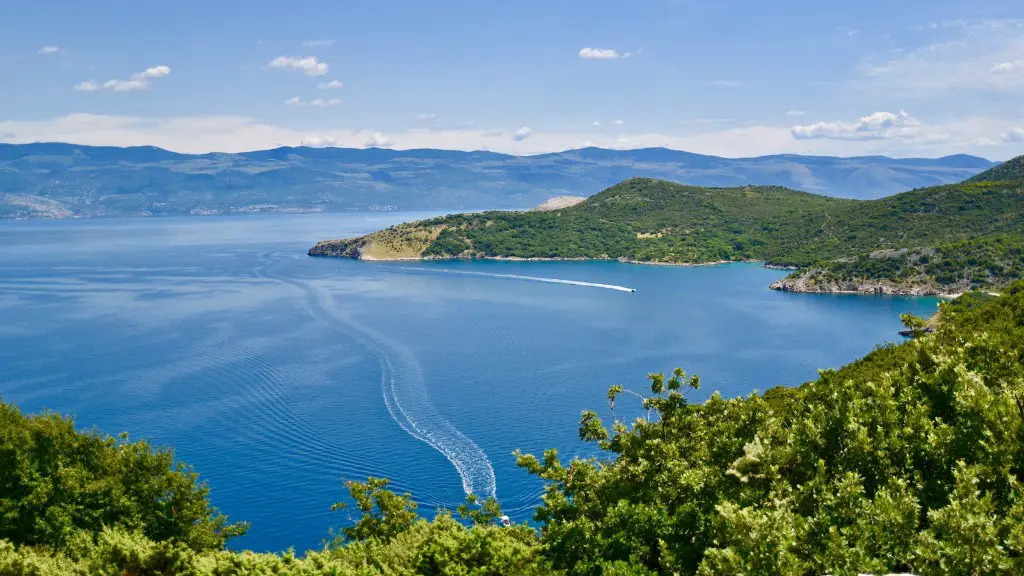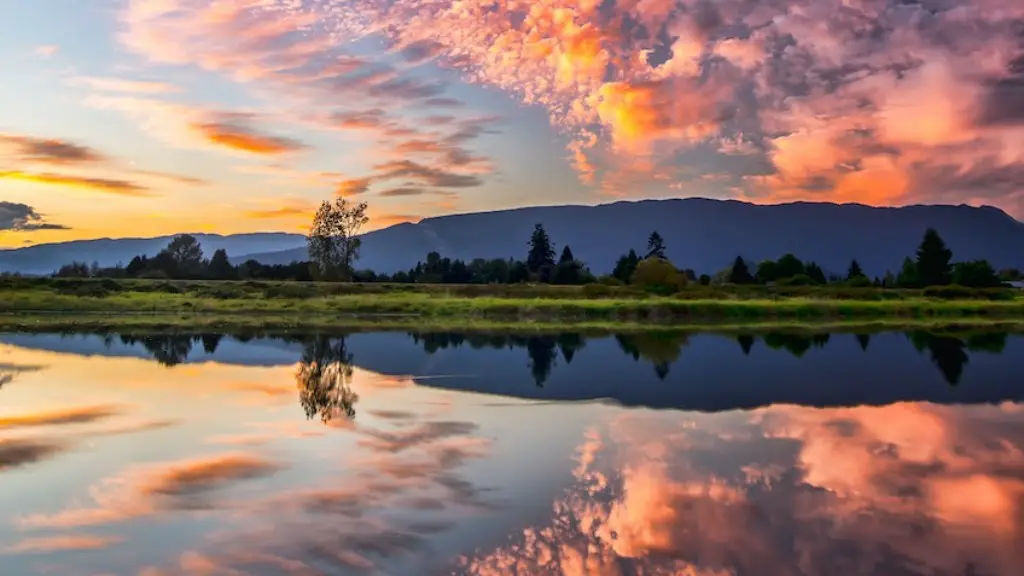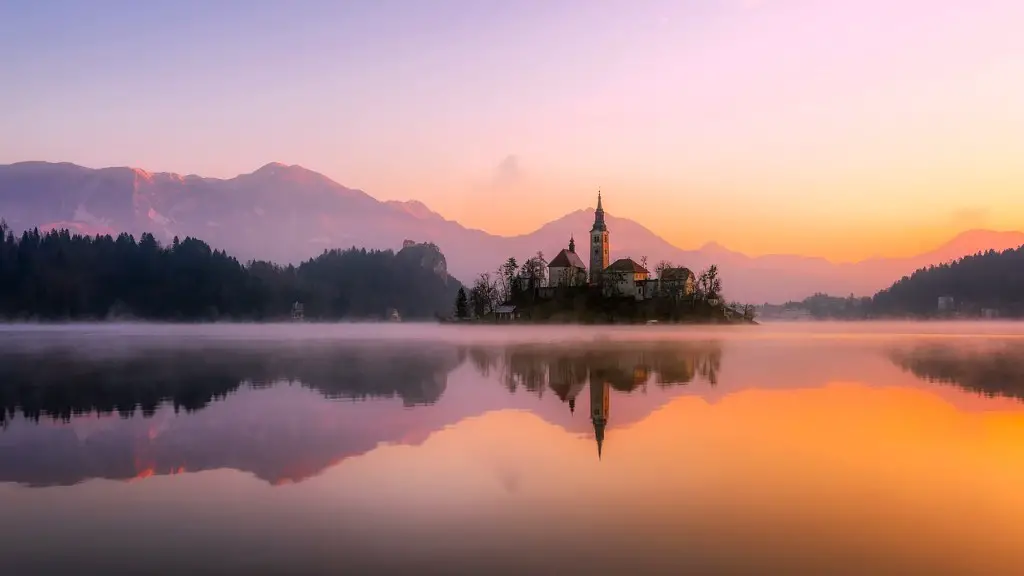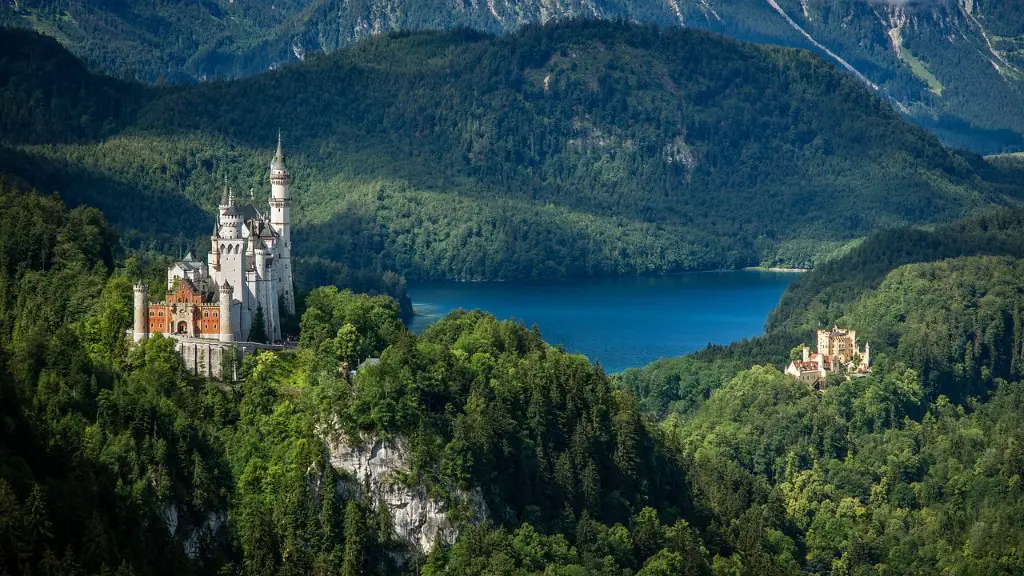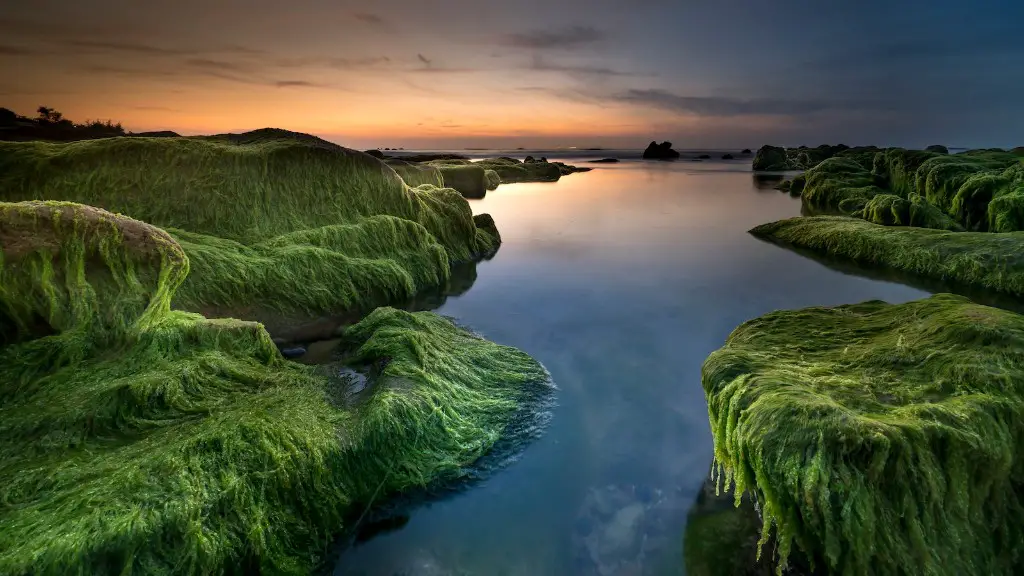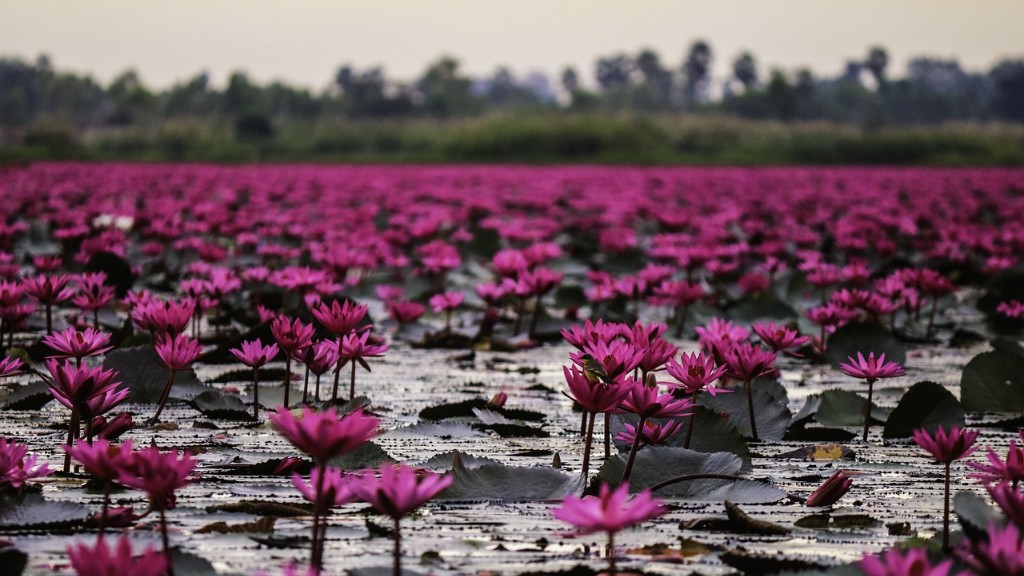The Crater Lake was formed over 7,000 years ago when the volcano, Mount Mazama erupted and then collapsed. The Caldera that was formed by the eruption and collapse of Mount Mazama is what holds Crater Lake. Crater Lake is the deepest lake in the United States and is known for its deep blue color.
The crater that now contains Crater Lake in Oregon, USA was formed around 7700 years ago when the 12,000-foot (3,600 m) tall Mount Mazama collapsed following a large volcanic eruption.
Was Crater Lake formed by a meteor?
Crater Lake is one of the most iconic formations in the United States, and it is not actually a crater at all. Mount Mazama, a 12,000 foot volcano, erupted and collapsed over 7,000 years ago, leaving a deep caldera in its place. Crater Lake is simply the rain and snow melt that has filled the caldera over time.
The caldera of a volcano is a large, deep crater that is formed when the volcano erupts and the summit collapses. Over time, the caldera can fill with rain and snow, which can lead to the formation of a lake. The caldera of Mt. Rainier in Washington state is one such example. It is believed that it took 250 years for the caldera to fill to its present-day lake level. The lake is maintained by a balance between precipitation and evaporation, as well as seepage.
How did Crater Lake get so deep
The Crater Lake Volcano Eruption was one of the most powerful eruptions in the world in the past 12,000 years and is the primary reason why Crater Lake is so deep. The eruption created a massive crater that eventually filled with water, creating the lake we see today.
Crater Lake is a stunning example of the power of volcanoes. The lake lies in a basin formed by the collapse of Mount Mazama, a Cascade volcano, during a violent eruption about 7,700 years ago. The eruption was so powerful that it blasted more than 12 cubic miles (50 km3) of material into the atmosphere! The resulting caldera is nearly 2,000 feet (600 m) deep, making it the deepest lake in the United States. Crater Lake is renowned for its deep blue color and spectacular views.
Will Crater Lake ever erupt again?
The long history of volcanism at Mount Mazama, the volcano that houses Crater Lake, suggests that this volcanic center will be active in the future. Future eruptions will likely occur within the caldera and probably beneath the water’s surface. This means that future eruptions could potentially impact the water quality of Crater Lake and pose a danger to any people or wildlife nearby.
This is an interesting discovery because it shows that organisms can thrive in environments that are seemingly inhospitable. It also highlights the importance of research in understanding the complexities of the natural world.
Can you still swim in Crater Lake?
If you want to swim in Crater Lake, the only place you can do so legally and safely is from the Cleetwood Cove Trail. The trail typically opens in late June, so plan your trip accordingly!
The park’s water claim for the lake is for the preservation and protection of all natural habitats and the conservation of scenery. It is not for human consumption. Consuming Crater Lake water would conflict with the park’s mission to preserve the lake.
Can you swim in Crater Lake
The blue beauty of Crater Lake extends beyond its depth. The water of Crater Lake is a deep, gorgeous blue. Visitors can swim at designated areas, but beware — the water is usually very cold!
Crater Lake was naturally barren of fish until park founder William Steel first stocked Crater Lake with trout fingerlings in 1888 to “improve” recreational opportunities Despite altering the lake’s natural condition, introductions of non-native fish continued until 1941, when stocking the lake ended.
The stocking of Crater Lake with trout fingerlings had a significant impact on the natural condition of the lake, Introductions of non-native fish continued until 1941, when stocking the lake ended.
The introduction of non-native fish had a negative impact on the lake’s ecosystem and water quality. In particular, the introduction of trout Fingerlings led to the decline of the native kokanee salmon population.
What is America’s deepest lake?
Crater Lake is one of the deepest lakes in the US and the world, with a depth of 1,943 feet (592 meters). It was first explored thoroughly in 1886 by a party from the US Geological Survey. The lake is located in Oregon and is a popular tourist destination.
Crater Lake is an absolutely beautiful place and it’s no wonder that it’s considered to be one of the cleanest lakes in the world. The clarity of the water is astounding and you can easily see down to the bottom. It’s a great place to go for a swim or just to take in the scenery.
How long did it take for Crater Lake to fill with water
Crater Lake’s caldera-forming eruption occurred 7,700 years ago. The lake probably took about 460 years to fill, but estimates based on precipitation rates range from 420 to 740 years. Estimates of the erupted volume vary between 110 and 160 cubic kilometers (27 and 39 cu mi).
While Crater Lake is an active volcano, it is not likely to erupt in the near future. The last major eruption occurred 4,800 years ago, and there has been no significant activity since then. However, the Volcano Observatory is monitoring the situation closely, and if anything changes, they will issue a warning.
What did they find at the bottom of Crater Lake?
The Crater Lake remains significant to the Klamath Tribes today as it is the site of an ancient volcano eruption. Archaeologists have found sandals and other artifacts buried under layers of ash, dust, and pumice that predate the eruption by approximately 7,700 years. The Klamath Tribes believe that the crater is a sacred site and believe that their ancestors are buried there.
Crater Lake is one of the snowiest places in America, with an average of 43 feet of snow per year. This means that there are only a few months when people can swim at the lake, usually from June through September.
Conclusion
The formation of Crater Lake began about 250,000 years ago when a volcano erupted and collapsed, forming a large caldera. Over the next several thousand years, the caldera filled with rainwater and snowmelt from the surrounding mountains, creating the deep blue lake that exists today.
Crater Lake was formed when the Mount Mazama volcano erupted and collapsed 7,700 years ago. The caldera resulting from the collapse is now filled with Crater Lake, the deepest lake in the United States.
